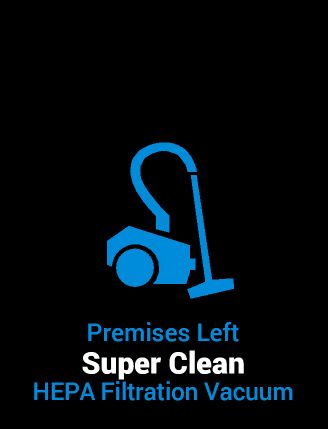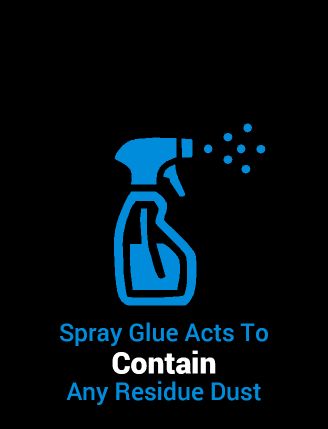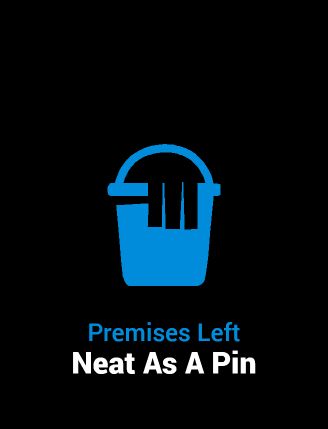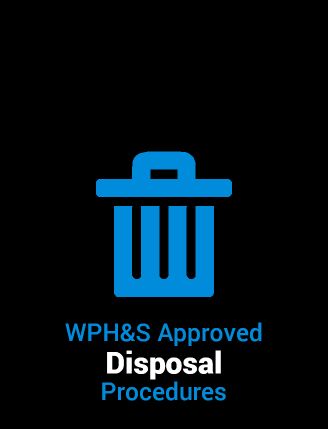FAQ's
The inhalation of asbestos fibres has been proven to cause asbestosis, a respiratory lung disease, as well as lung cancer and abdominal cancer and has been linked to others.
Bonded asbestos will not generally pose a risk unless it is broken and fibres are released into the air. Like other building materials, bonded asbestos can usually only be broken by impact or force, whether it be intentional demolition, or accidental.
Asbestos that is exposed to the elements (eg external sheeting or fences) is consequently at risk of erosion and is therefore a higher danger than internal sheeting.
Friable asbestos is highly dangerous as it crumbles very easily. Friable asbestos should not be touched or approached under any circumstances.
Our crews take the highest possible safety precautions to ensure the safety of the work site. The affected area is fully isolated prior to the start of works, and the area is fully decontaminated before the containment is disassembled. The crew is required to wear full-body protective equipment at all times to ensure their personal safety. No unauthorised person is allowed on site at any time.
The procedure of removing asbestos is quite different to regular demolition. All asbestos sheeting is wrapped and placed in containers (trucks or skip bins) before leaving the affected area to travel immediately to an authorised disposal site. All equipment is either disposed of or fully decontaminated before leaving the work site to ensure that no fibres are unintentionally released. The site will be left in a clear and safe state to enter.
Generally any property that was built prior to or during the 1980’s may have had asbestos materials used in the construction.
If your suspect their maybe asbestos in your building or home please contact a licensed removal company to perform an inspection.
If you are about to purchase a property it is recommended to get an inspection done by a qualified professional before signing a sales contract.
Many factors affect the cost of asbestos removal including ease of access, the condition of the asbestos in question, and the general size and scope of the job. Our residential cost calculators can be useful to establish a ballpark price figure, however the best way to establish the actual cost is an on-site inspection. To arrange a physical inspection, contact us.
For more detailed general information on asbestos, read our asbestos information page.
Unfortunately there are still many smaller backyard style operations that cut corners on asbestos removal. Asbestos is an extremely hazardous material and a single fibre can cause serious health issues to humans and animals. If any dust is left behind after removal it remains just as hazardous to humans and pets as it would be during removal. We follow all of the government regulations for safe removal ensuring asbestos exposure levels remain below safe boundaries during the removal process and, just as importantly, we ensure that no asbestos material is left behind.
The most important piece of asbestos removal equipment is the H-type HEPA rated asbestos vacuum cleaner. These vacuums are used to decontaminate the work area of all visible and invisible asbestos debris. If they are incorrectly maintained, or have been mistreated during transport/use, the filter can become damaged and lose its efficiency. If this occurs the vacuum could actually be pumping out dangerous asbestos fibres into your home. The only way to ensure this doesn’t happen is to care for the equipment, to have a maintenance program in place, and to ensure all H-type equipment has a current DOP (Dispersed Oil Particulate) testing certification. This is an scientific test which must be undertaken on asbestos removal equipment every year. This is a legal obligation so if your contractor can’t provide this documentation, you should not trust them with your project.
What Clients Like About Us




